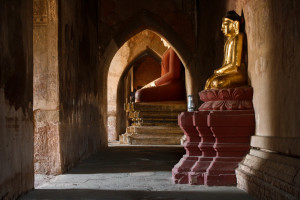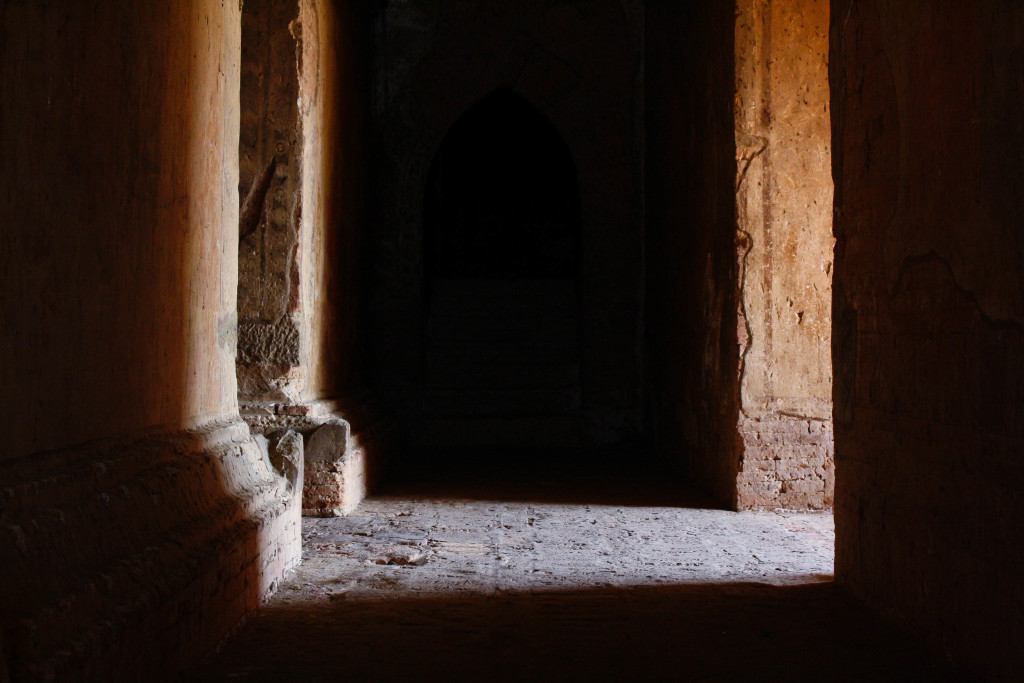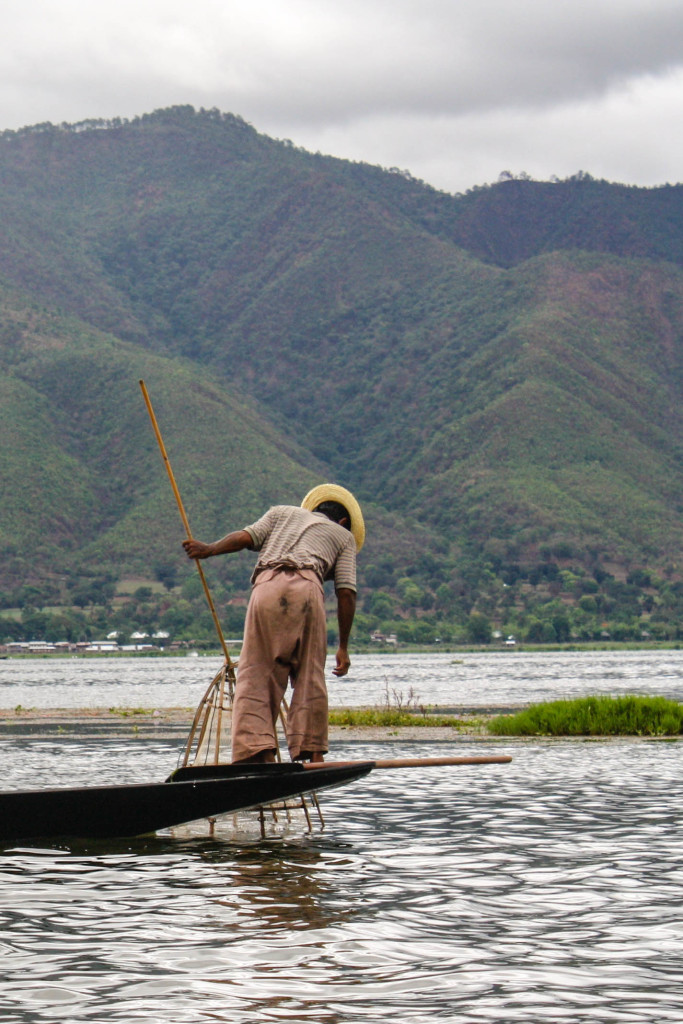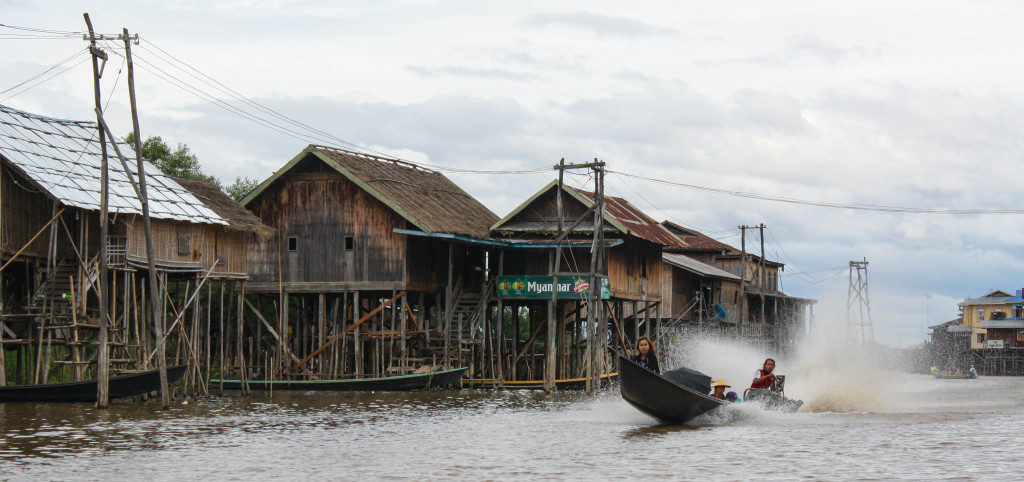 I recently had the opportunity to travel across Myanmar for the first time. It’s a fascinating country, only recently emerging from decades of isolation. Travelers here today are greeted with the first few baby steps toward a tourism industry, as well some of the kindest people and most spectacular sights in Asia.
I recently had the opportunity to travel across Myanmar for the first time. It’s a fascinating country, only recently emerging from decades of isolation. Travelers here today are greeted with the first few baby steps toward a tourism industry, as well some of the kindest people and most spectacular sights in Asia.
Myanmar is not the easiest country to approach. It remains, effectively, a military dictatorship wracked with corruption and abuse. Government officials control the airlines and hotels for personal profit. Large swaths of eastern Myanmar are dedicated to opium plantations funneling foreign currency into the pockets of powerful officials. Even its name is controversial: many foreign governments still officially recognize only its traditional name, Burma, as a political statement against the authoritarian regime that renamed it Myanmar in 1989.
Yangon/Rangoon
I flew into Yangon International Airport from Seoul. Yangon (traditionally known as Rangoon) is the most common gateway into the country and, along with Mandalay, one of its two international airports. Myanmar does not offer an effective visa-on-arrival program, but they do offer e-visas. If you’re approved, they email you an invitation letter to enter the country, usually within a couple of days.
Yangon is a massive city of 6 million people, teeming with energy. The streets are lined with old, worn British colonial architecture, brightly painted in every color. While here, it is well-worth walking the streets of central Yangon to absorb the architecture. Visits to Shwedagon pagoda and Sule pagoda are also a must.
After a couple of days, I caught a night bus from Yangon to Bagan. These are easily booked same day at the bus station north of town (itself an inexpensive taxi ride from the center), unless you are visiting during peak season in which case buses and hotels have been known to sell out in advance.
Old Bagan
The night bus from Yangon arrives in Bagan at 4:30 am – an odd time, but ideal for heading out to the temples to watch the sunrise.
Located in central Myanmar, Bagan covers a wide plain along a bend in the Irrawaddy River. Between the 9th and the 13th centuries, over 10,000 Buddhist temples were built on these plains. Over 2,200 remain today – stretching as far as the eye can see off into the distance.

The best way to get around Bagan is to rent an electric motorbike for $5 or so a day. This let me follow the dirt roads, paths, and dry washes out into the countryside towards any far-off temple that caught my eye. Along the way I passed many small villages, farms, and friendly locals.
Almost all of the temples are open for exploration. The larger ones in particular are extremely atmospheric because their cavernous interiors are only illuminated by the occasional shaft of natural light from a doorway or window.

Many temples have interior staircases – if you can find them – that open up to ancient stone mezzanines and rooftops.

These rooftops afford dazzling views of the surrounding temples and the people who live, work, and worship among them.

Most of these temples are ruins in various states of decay, but some still remain in daily use. These working temples contain a plethora of beautiful Buddhist statues and murals.
In the early morning I would find worshipers praying and making offerings inside of the larger temples.
Outside of the temples, goatherds tend their flocks. I was in Bagan during the hot and dry season and the goats had to hunt around to find something nice to eat. Within a month though, these dry dusty fields were lush and green following the monsoon rains.
Along the shores of the Irrawaddy River beside Old Bagan, small fishing communities work and play in the cool water during the scorching hot afternoon. Temperatures were regularly hitting 113 degrees Fahrenheit by the middle of the day, and they were accompanied by brutally high humidity.
Inle Lake and Nyaungshwe
After several days in Bagan I caught a minibus to the town of Nyaungshwe, which is connected by a canal to Inle Lake in eastern Myanmar’s Shan State. At the high altitudes here, temperatures mercifully dropped into the mid-70s and the monsoon rains kicked up in full force.
The Shan State is populated with numerous minority groups. Around Inle Lake, most people support themselves through local resources: fishing, farming, and making goods and textiles from local materials. This woman is from the Padaung ethnic group and weaves lotus fiber fabric.
The villages around Inle Lake are all accessed by boat. The local terrain and the lake’s water level prevent road and land access. Buildings are perched on tall wooden stilts above the water. I hired a boat in Nyangshwe for $10 to take me around the lake all day, visiting villages, workshops, temples, and monasteries.
It is not always clear where the lake ends and the land begins. Inle Lake sits in a broad, flat valley. Shallow water extends for miles in every direction. These sloughs provide boat access to little farms and villages, and are incredibly atmospheric during the monsoon rains.
Visiting Myanmar
A few thoughts on traveling to Myanmar as a tourist. First, it’s recently emerging from a long slumber and feels a bit rough around the edges. But that’s half the fun. The people are extremely friendly and helpful, and surprisingly open and welcoming to tourists.
The government however can be a bit of a pain. Corruption and bureaucracy infuse everything in Myanmar. Try to travel by local buses and stay in small guesthouses to avoid the chains and conglomerates that line the pockets of the government officials. The average Burmese lives on just $2 a day, so a little injection into the local economy goes a long way!
As a former British colony, English is still spoken by many people across the country. This makes it quite easy for foreigners to get around compared to neighboring nations with fewer English speakers. Remember to bring crisp, new U.S. dollars to exchange for local Kyats. Credit cards are rarely accepted, but ATMs can be found in major cities and tourist-oriented small towns.
To get in and out, look for flights to and from Yangon and Mandalay. Major Asian cities such as Bangkok, Seoul, and Singapore have direct flights. If you want to travel overland between Thailand, China, or Laos, be aware that land borders are often closed to foreigners. Check ahead and be prepared to be flexible.










